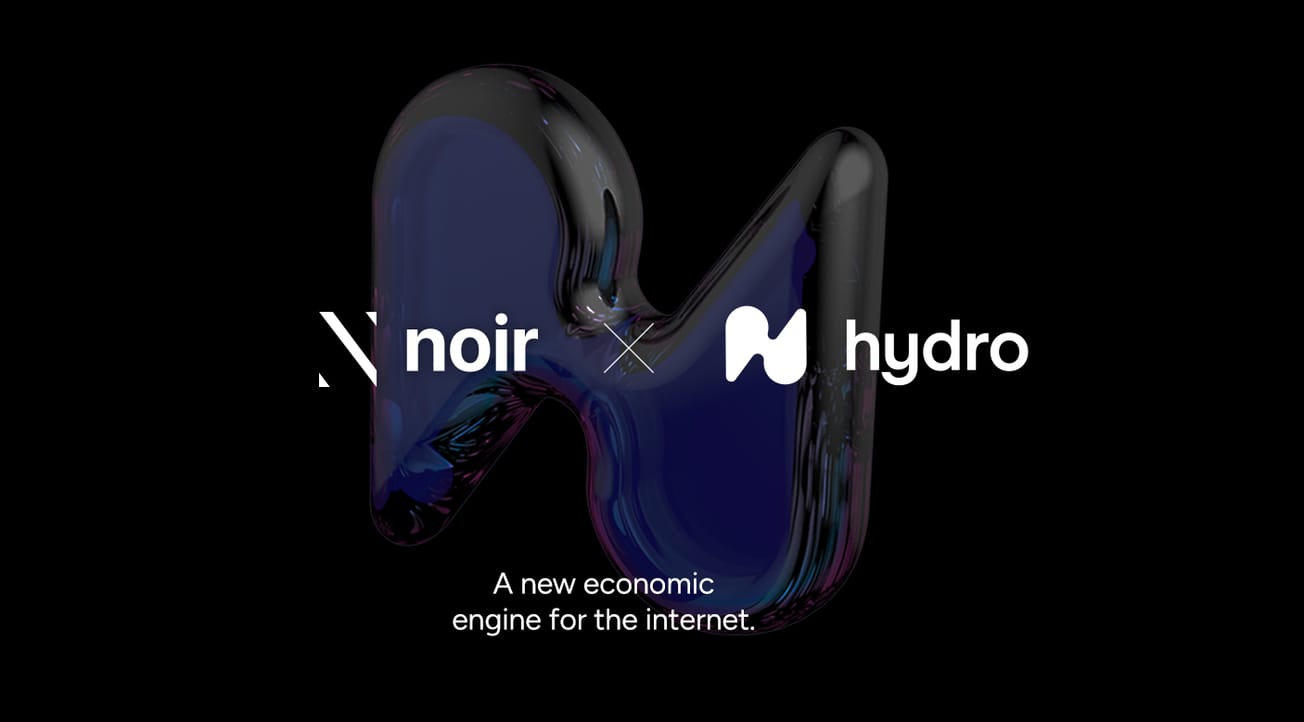Sci-fi author Neal Stephenson, who famously coined the term metaverse in his 1992 novel Snow Crash, participated in a World Economic Forum (WEF) panel in Davos this week, talking turkey with Meta’s Chief Product Officer Chris Cox, HP’s CEO Enrique Lores, and Minister of ICT and Innovation in Rwanda, Paula Ingabire.
Stephenson, who is name-checked in virtually all metaverse guides, discussed the barriers facing mainstream metaverse adoption, including the challenges around helping users move freely between ecosystems while retaining possession of their tokenized accessories, clothes, weapons, etc.
Metaverse Has a Ways to Go
“If you want to fluidly move from one experience to another, then it doesn’t work because you’re constantly having to log out of one experience and log into another,” said Stephenson. “Identity needs to be distributed and decentralized if the metaverse is to work.”
The conversation, during a panel entitled A New Reality: Building the Metaverse, took place on Wednesday January 18, with Stephenson admitting “We’ve got a ways to go” before the metaverse gains mass market penetration.
The author last year joined forces with Bitcoin Foundation co-founder Peter Vessenes, with the goal of developing a metaverse-first layer-1 blockchain network.
.@nealstephenson discusses the game industry's role in the metaverse as creators of unique experiences. Watch here: https://t.co/R69deZelP5#wef23 pic.twitter.com/ajxw7S4RGW
— World Economic Forum (@wef) January 18, 2023
That decentralized blockchain, Lamina1, celebrated a major milestone this week after the first phase of its Testnet was opened to the public. Based on the Avalanche codebase, Lamina1 aims to “deliver critical infrastructure to enable the trillion-dollar economy of the open metaverse,” through community economic participation and Metaverse-as-a-Service (MaaS).
In Davos, Chris Cox predicted that the metaverse would eventually become as ubiquitous as smartphones, with Meta playing a key role (naturally) in making virtual reality products more accessible and affordable. The company continues to lose billions of dollars on its metaverse projects, with losses estimated at around $19 billion for the last two years and the company having cut 11,000 jobs last November.
Mark Zuckerberg has previously suggested that Meta’s metaverse investments would take a decade to bear fruit.
When pressed to predict how the metaverse might evolve, Stephenson told the Davos panel that “Anything I can sit here and predict is going to be outstripped by new kinds of creativity.” However, the author has form for prescience.
In Snow Crash, characters populate a virtual world represented by “pieces of software called avatars.” The novel’s antagonist, meanwhile, is an unscrupulous tech monopolist making lavish profits amid soaring inequality due to an anarcho-capitalist gig economy.
With Lamina1, Stephenson said he is “trying to find a way to support the people who are needed to do the creative work that will surprise us all and create a metaverse that millions of people will want to visit.” Amen to that.
The project has welcomed users to test the base functionality of its blockchain, with plans to release new functionality on a regular basis every 2–3 weeks. Incentives will be offered to these stress-testers, with feedback influencing the development process.
The WEF is bullish on the metaverse itself, having just announced the roll-out of its new metaverse platform, a virtual Davos simulacrum that lets participants meet in virtual worlds and coordinate global collaboration efforts.






